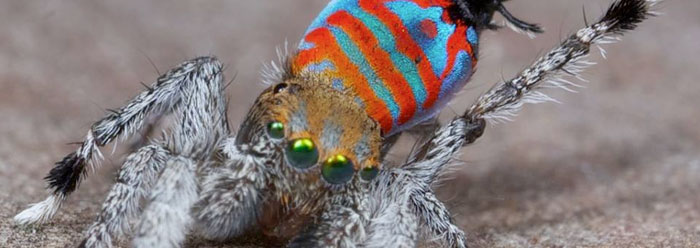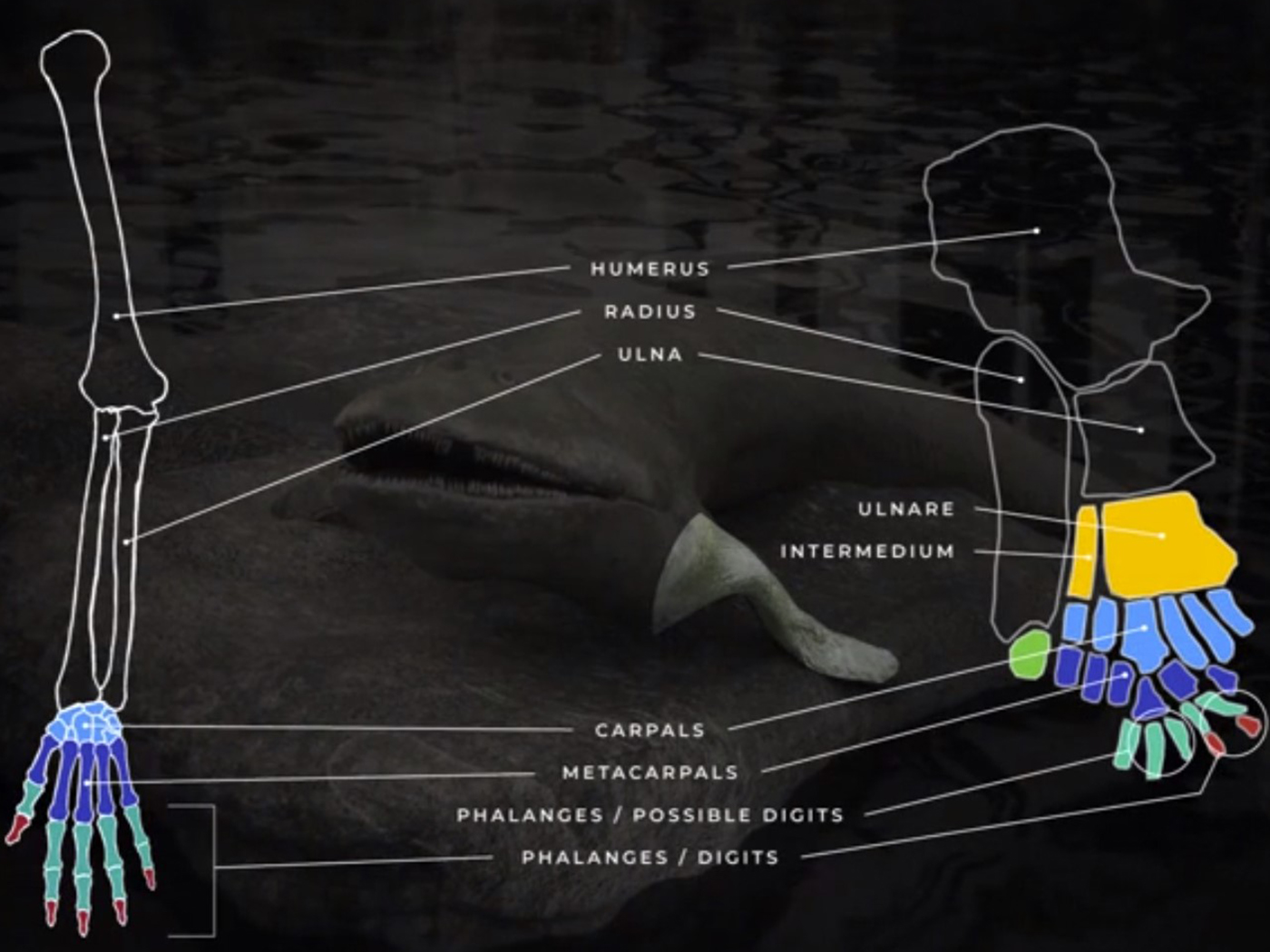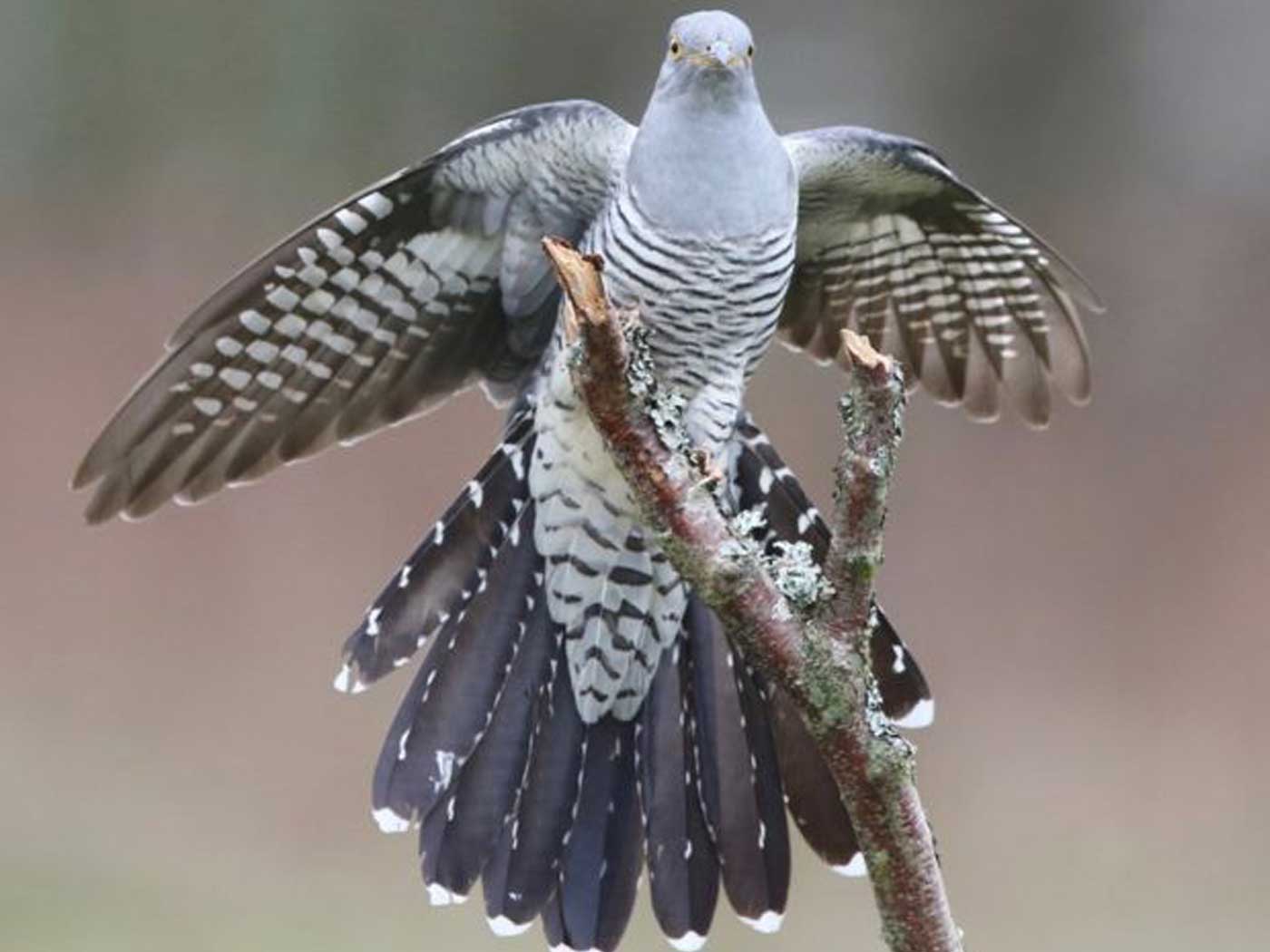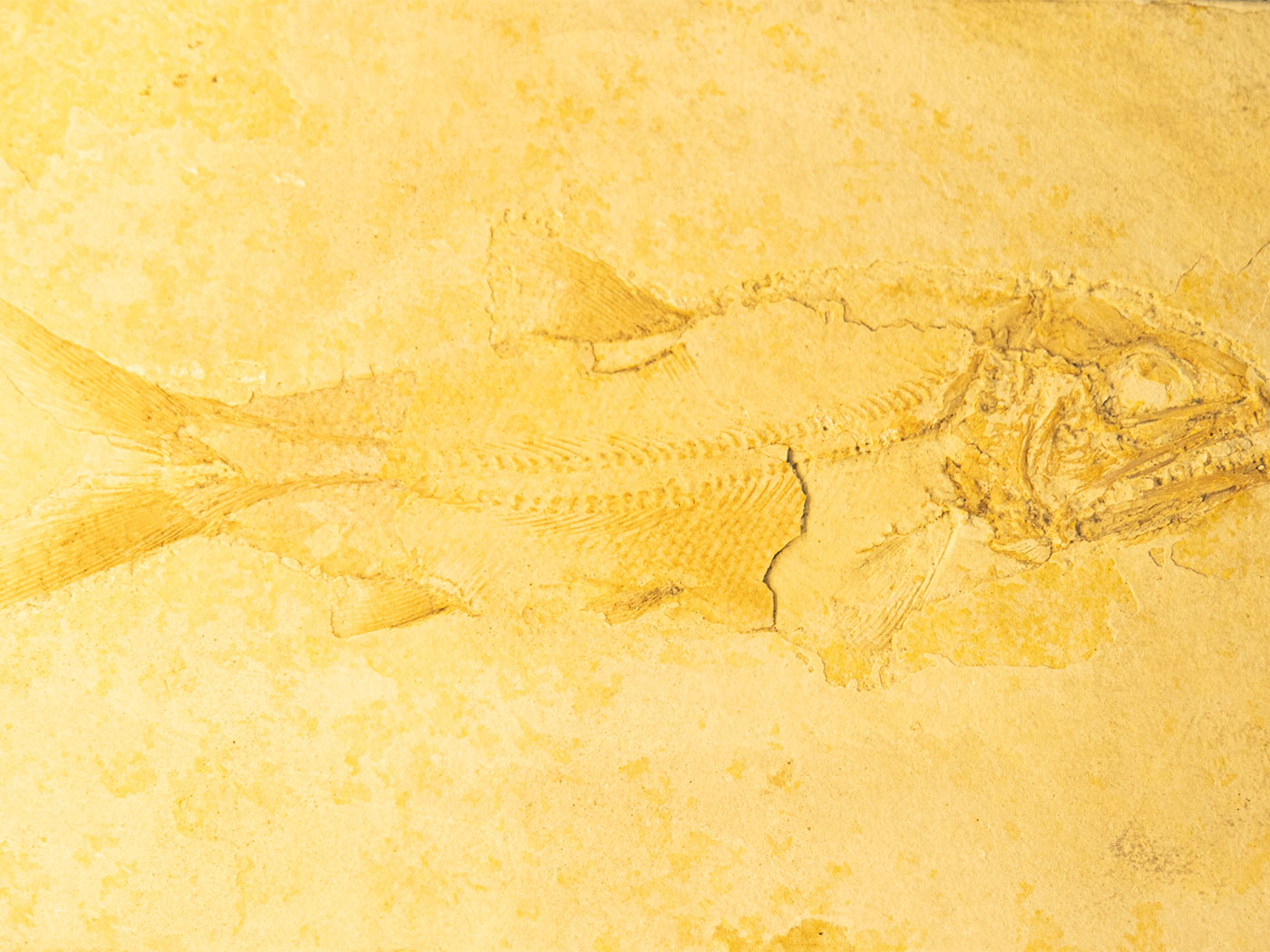A University of California Berkley graduate student has discovered two beautiful new species of peacock spiders in southeast Queensland, Australia.1 The student, Madeline Girard, named the two colorful creatures "Sparklemuffin" and "Skeletorus," both of the genus Maratus. They are noted for their ornate mating dances that many viewers find amusing. Are these splendid specimens highly evolved species or have spiders always been spiders?
All spiders are designed with four pairs of walking legs. During a sophisticated courtship dance, the peacock spider male will raise a single leg, displaying it to the female. It is no wonder these creatures have been called peacock spiders with the black, red and blue coloring of the males. They are also designed with white hairs that can be folded. Such colorful designs are used for display during mating.
The report on LiveScience.com quotes an evolutionist entomologist saying the peacock spider group is more varied than previously thought. Non-Darwinists wholly agree—there is much variation within the created spider kind. Peacock spiders were first discovered in the 1800s, but no one thoroughly investigated these arachnids for over a century. They are quite tiny, measuring 0.1 to 0.3 inches (3 and 7 millimeters) long.
The visual acuity of these spiders is incredible. Unlike mammals, peacock spiders have an ultra-violet (UV) sensitive photoreceptor and evidently have color vision better than ours. In addition,
…members of this family have the greatest visual acuity of any arthropod, also perhaps being sensitive to the colour and plane of polarized light.2
Spider origin has been much debated by secular zoologists. They do not know what the closest evolutionary relatives of spiders are. Indeed, when it comes to their origin, two evolutionists stated
Most zoologists believe that arachnids arose from the eurypterids and were early terrestrial inhabitants.3
In 2014 an evolutionist reported that "Spider gene study reveals tangled evolution."4
Tangled indeed. Creationists maintain spiders were created as spiders as Scripture and science shows. For example, the first fossil spiders are found in the Devonian period, lasting from about 400-350 million years ago by evolutionary dating.5,6 Spider fossils are rare, only about a thousand fossil species have been described worldwide, but when they are found they always display eight legs, remarkable eyesight and are—as creationists predict—100% spiders.
References
- Meet 2 New Spider Species: 'Skeletorus' & 'Sparklemuffin.' LiveScience. Posted on LiveScience.com February 26, 2015, accessed March 2, 2015.
- Allaby, M. 2014. Oxford Dictionary of Zoology, 4th ed. Oxford, New York: Oxford University Press. 550.
- Miller, S., and J. Harley. 2013. Zoology, 9th ed. New York: McGraw-Hill. 244.
- Callaway, E. 2014. Spider gene study reveals tangled evolution. Nature. DOI:10.1038/nature.2014.15578
- Thomas, B. 2011. Jurassic Spider: What's in a Name? Creation Science Update. Posted on icr.org April 28, 2011, accessed March 11, 2015.
- Thomas, B. 2009. Amber-Trapped Spider Web Too Old for Evolution. Creation Science Update. Posted on icr.org November 20, 2009, accessed March 11, 2015.
Image credit: Copyright © 2015 J. Otto. Adapted for use in accordance with federal copyright (fair use doctrine) law. Usage by ICR does not imply endorsement of copyright holder.
*Mr. Sherwin is Research Associate, Senior Lecturer, and Science Writer at the Institute for Creation Research.
Article posted on March 19, 2015.























